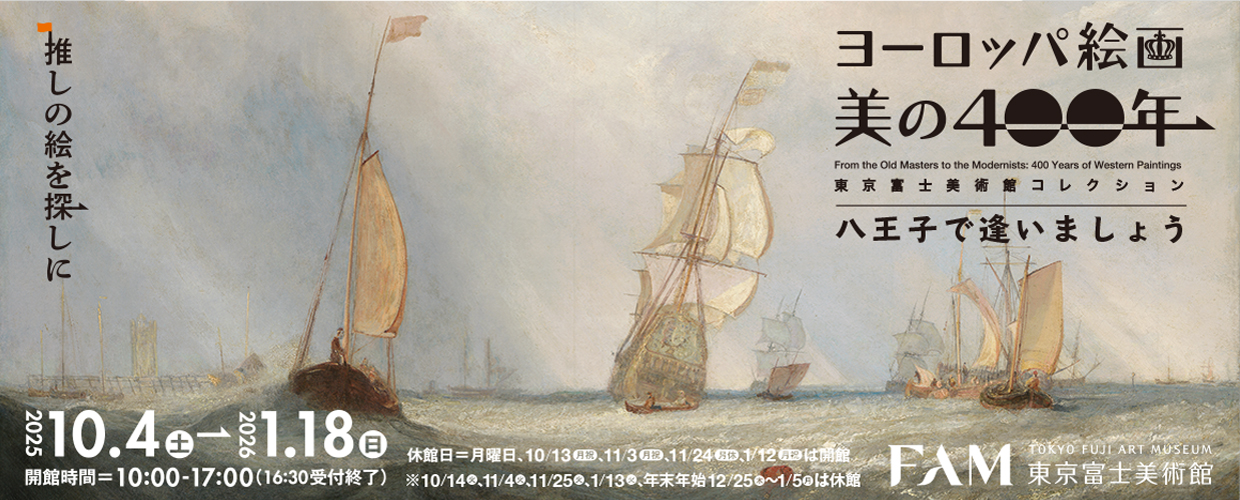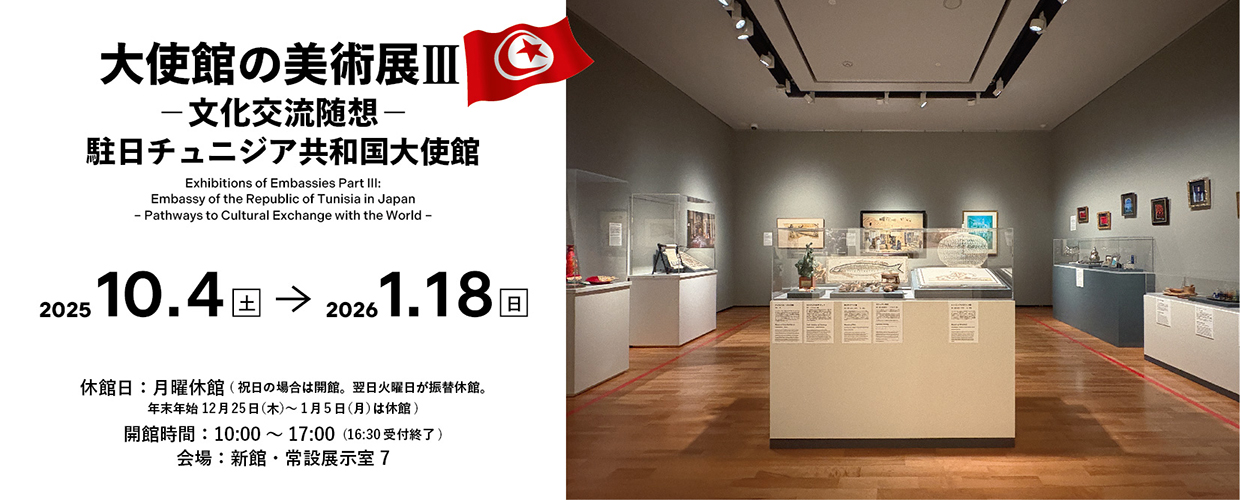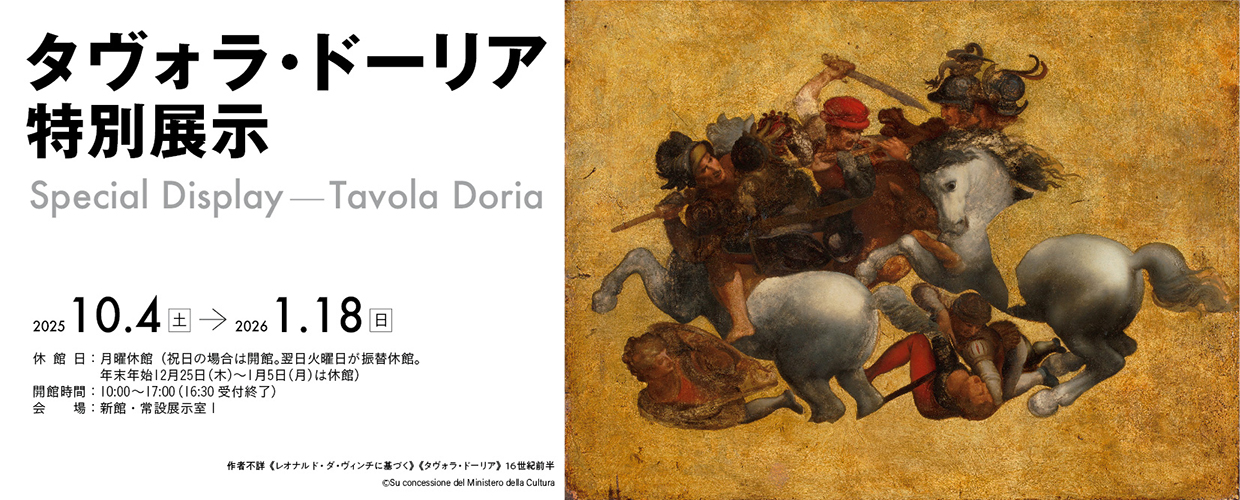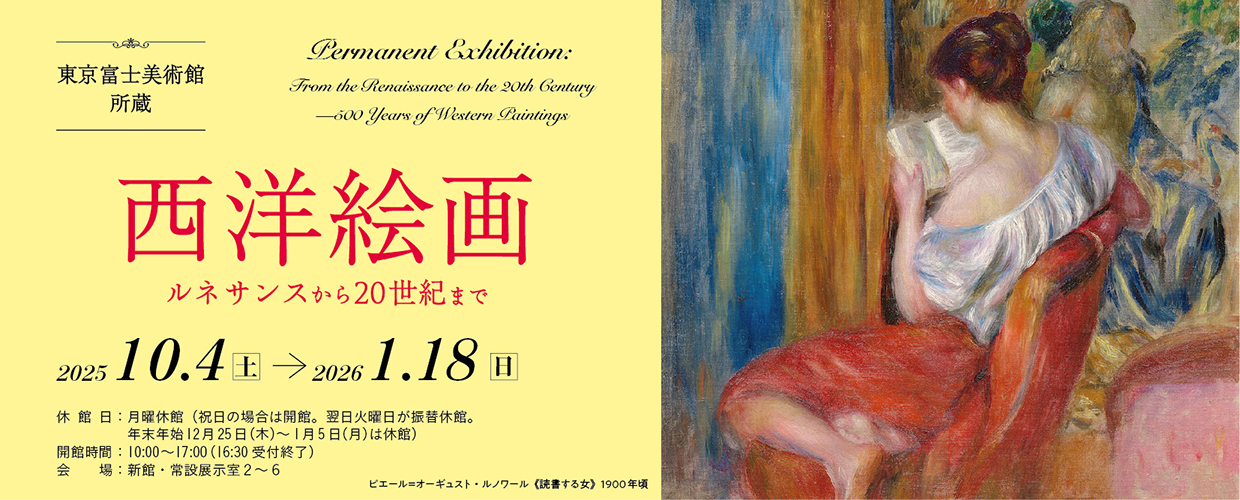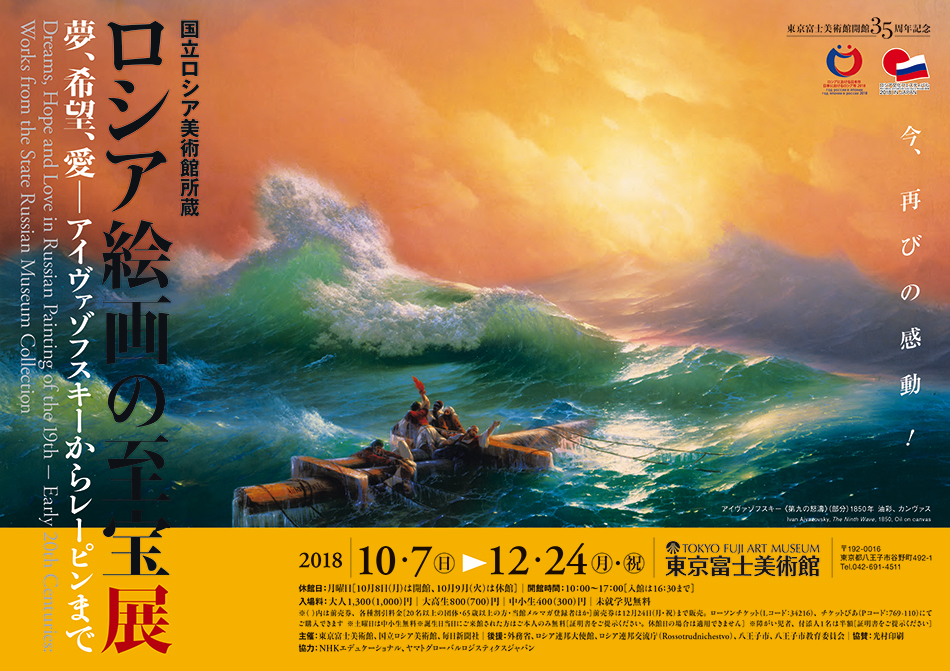


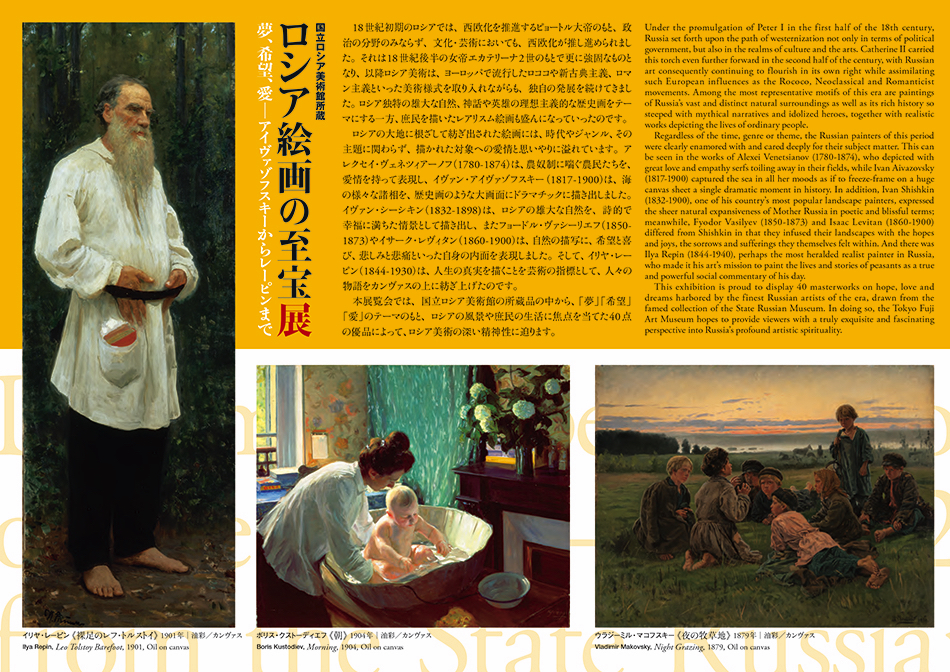
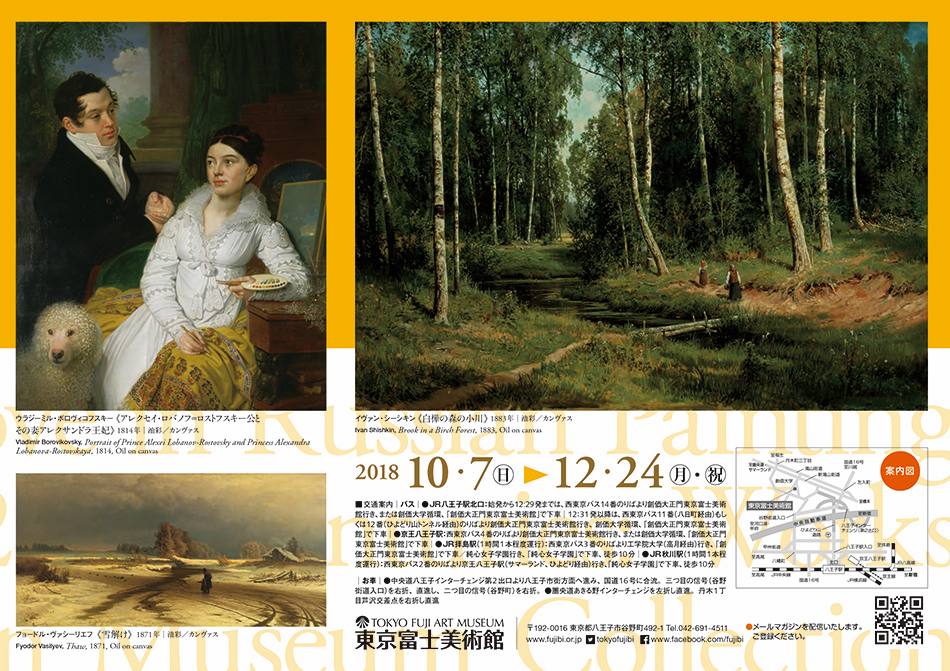
Dreams, Hope and Love in Russian Painting of the 19th – Early 20th Centuries: Works from the State Russian Museum Collection
Exhibition Period Sunday, October 7 - Monday, December 24, 2018
Closed : Mondays (except on holidays, then closed on Tuesday)
Open : 10 a.m.-5 p.m. (Reception closes at 4:30 p.m.)
Venue : Special Exhibition Galleries 1-4 in the Main Building of Tokyo Fuji Art Museum
Host : Tokyo Fuji Art Museum; The State Russian Museum; The Mainichi Simbun
Patronized by : Ministry of Foreign Affairs of Japan; Embassy of the Russian Federation; Rossotrudnichestvo; Hachioji city; Hachioji City Board of Education; Sponsored by: Mitsumura Printing Co., Ltd. ; In Cooperation with: NHK Educational Corporation; Yamato Global Logistics Japan Co., Ltd.
OVERVIEW
Under the promulgation of Peter I in the first half of the 18th century, Russia set forth upon the path of westernization not only in terms of political government, but also in the realms of culture and the arts. Catherine II carried this torch even further forward in the second half of the century, with Russian art consequently continuing to flourish in its own right while assimilating such European influences as the Rococo, Neoclassical and Romanticist movements. Among the most representative motifs of this era are paintings of Russia’s vast and distinct natural surroundings as well as its rich history so steeped with mythical narratives and idolized heroes, together with realistic works depicting the lives of ordinary people. Regardless of the time, genre or theme, the Russian painters of this period were clearly enamored with and cared deeply for their subject matter. This can be seen in the works of Alexei Venetsianov (1780-1874), who depicted with great love and empathy serfs toiling away in their fields, while Ivan Aivazovsky (1817-1900) captured the sea in all her moods as if to freeze-frame on a huge canvas sheet a single dramatic moment in history. In addition, Ivan Shishkin (1832-1900), one of his country’s most popular landscape painters, expressed the sheer natural expansiveness of Mother Russia in poetic and blissful terms; meanwhile, Fyodor Vasilyev (1850-1873) and Isaac Levitan (1860-1900) differed from Shishkin in that they infused their landscapes with the hopes and joys, the sorrows and sufferings they themselves felt within. And there was Ilya Repin (1844-1930), perhaps one of the most heralded realist painters in Russia, who made it his art’s mission to paint the lives and stories of peasants as a true and powerful social commentary of his day. This exhibition is proud to display 40 masterworks on hope, love and dreams harbored by the finest Russian artists of the era, drawn from the famed collection of the State Russian Museum. In doing so, the Tokyo Fuji Art Museum hopes to provide viewers with a truly exquisite and fascinating perspective into Russia’s profound artistic spirituality.
FEATURED
There are no featured articles.
EVENTS
There are no events scheduled. Please check past events by clicking the [View list] button.
UPCOMING EXHIBITIONS
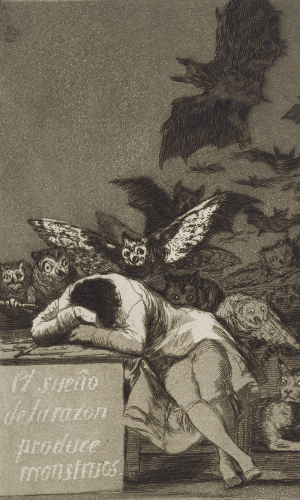 Exhibition of Our Collection
Exhibition of Our Collection The Four Major Print Series of the Spanish Master, Goya
 Other Exhibition
Other Exhibition Exhibitions of Embassies Part IV: Pathways to Cultural Exchange with the World
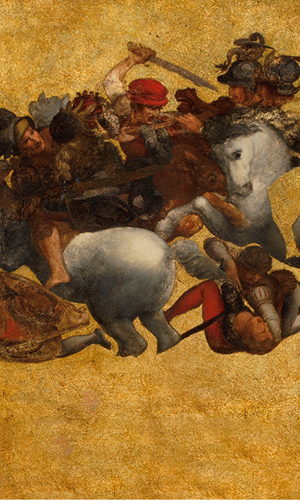 Permanent Exhibition
Permanent Exhibition Special Display—Tavola Doria
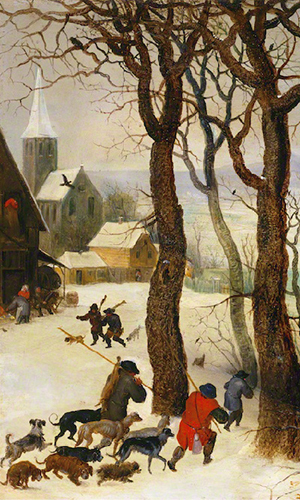 Permanent Exhibition
Permanent Exhibition Permanent Exhibition: From the Renaissance to the 20th Century – 500 Years of Western Paintings
 Special Exhibition
Special Exhibition Commemorating the Donation of the Kanbe Collection The Reviving Spirit of Ukiyo-e: From Meiji Era Kaika-e to Shin-hanga
 Special Exhibition
Special Exhibition This is SUEKI-Ancient Vessels,Timeless Forms-
 Special Exhibition
Special Exhibition Renoir (tentative title)
